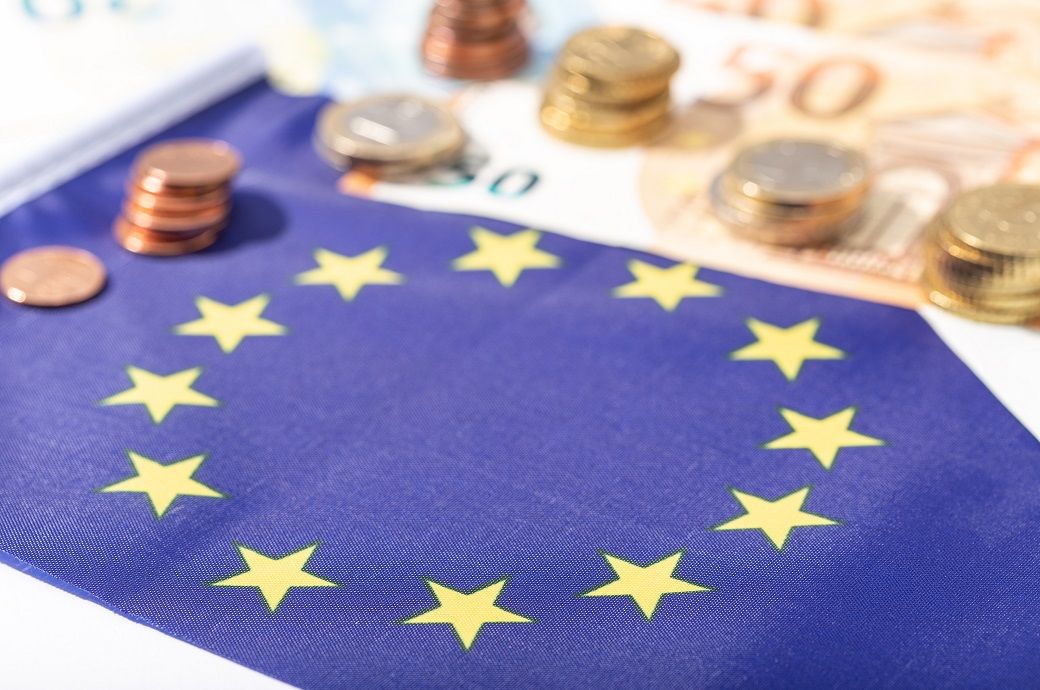
Compared with the same quarter of the previous year, seasonally adjusted GDP increased by 0.5 per cent in the euro area and by 0.4 per cent in the EU in the second quarter of 2023, after increases of 1.1 per cent in both zones in the previous quarter, Eurostat, the statistical office of the EU, said in a press release.
During Q2 2023, GDP in the US increased by 0.5 per cent compared to the previous quarter—after 0.5 per cent in the first quarter of 2023. Compared with the same quarter of the previous year, GDP increased by 2.5 per cent—after 1.8 per cent in the previous quarter.
Lithuania at 2.9 per cent recorded the highest increase of GDP compared to the previous quarter, followed by Slovenia at 1.4 per cent and Greece at 1.3 per cent. The highest decreases were observed in Poland at -2.2 per cent, Sweden at -0.8 per cent, and Austria at -0.7 per cent.
During Q2 2023, exports decreased by 0.7 per cent in both zones—after 0.0 per cent in the euro area and 0.1 per cent in the EU. Imports increased by 0.1 per cent in the euro area and decreased by 0.2 per cent in the EU—after -1.3 per cent and -1.4 per cent, respectively, in the previous quarter.
The number of employed persons increased by 0.2 per cent in the euro area and by 0.1 per cent in the EU in Q2 2023, compared with the previous quarter. In the first quarter of 2023, employment had increased by 0.5 per cent in the euro area and by 0.4 per cent in the EU.
Compared with the same quarter of the previous year, employment increased by 1.3 per cent in the euro area and by 1.1 per cent in the EU in Q2 2023, after 1.6 per cent in the euro area and 1.5 per cent in the EU in Q1 2023.
In Q2 2023, Lithuania, Malta, and Portugal—all 1.3 per cent—recorded the highest growth of employment in persons compared with the previous quarter. The highest decline of employment was recorded in Estonia at -1.5 per cent, Romania at -0.8 per cent, and Croatia at -0.7 per cent.
Based on seasonally adjusted figures, Eurostat estimated that in Q2 2023, 216.3 million people were employed in the EU, of which 168.5 million were in the euro area.
The combination of GDP and employment data allows an estimation of labour productivity. The analysis of growth compared to the same quarter of the previous year showed that productivity growth fluctuated around 1 per cent for both zones between 2013 and 2018 before the COVID-19 pandemic caused high volatility in 2020.
In Q2 2023, productivity based on persons decreased by 0.9 per cent in the euro area and by 0.7 per cent in the EU compared to the same quarter of the previous year. Based on hours worked, productivity compared to the same quarter of the previous year decreased by 0.9 per cent in the euro area and by 0.6 per cent in the EU.
ALCHEMPro News Desk (NB)
Receive daily prices and market insights straight to your inbox. Subscribe to AlchemPro Weekly!